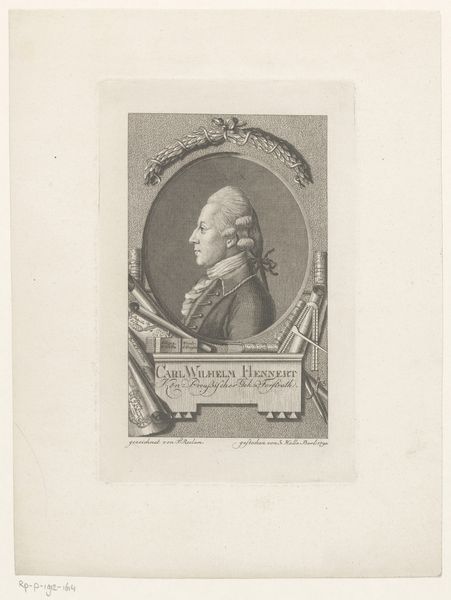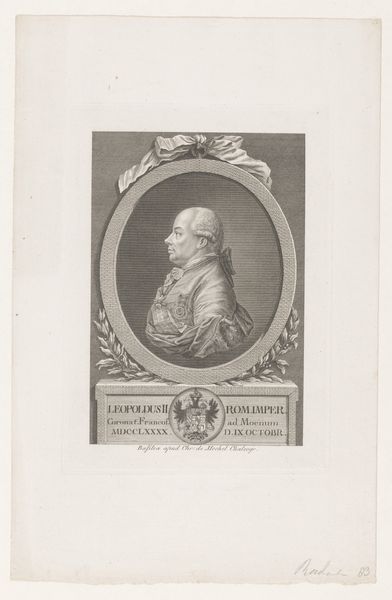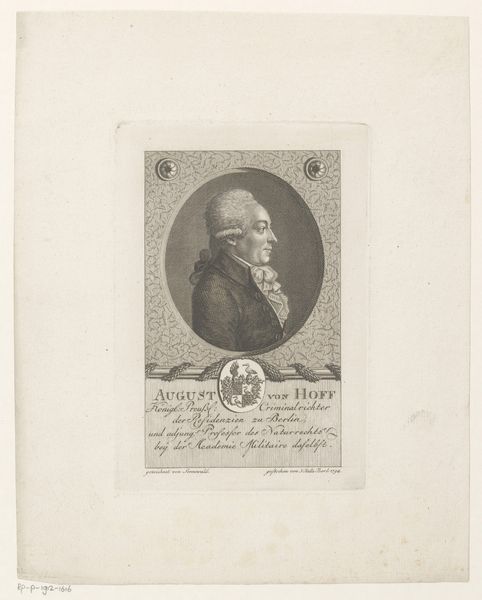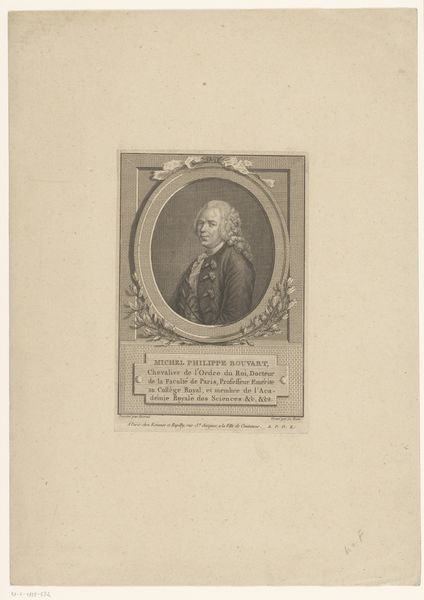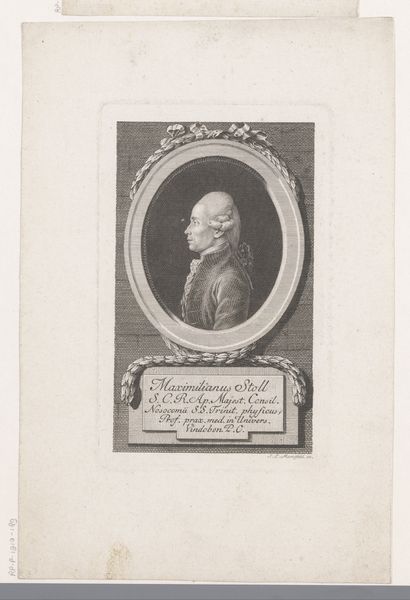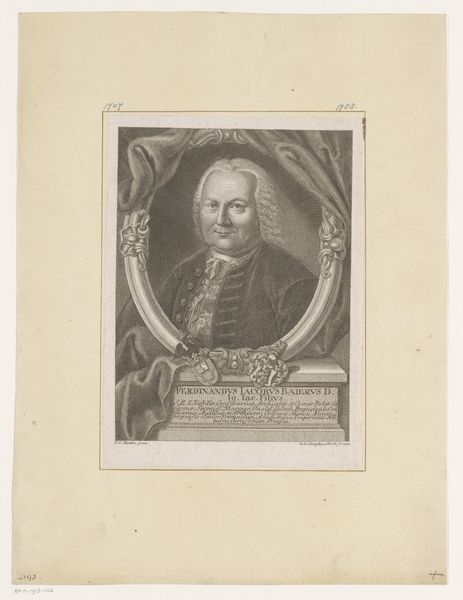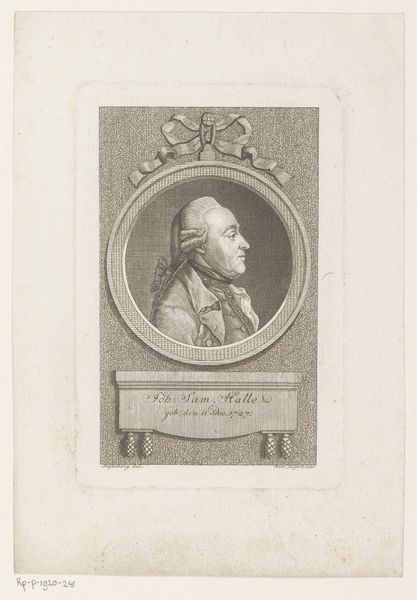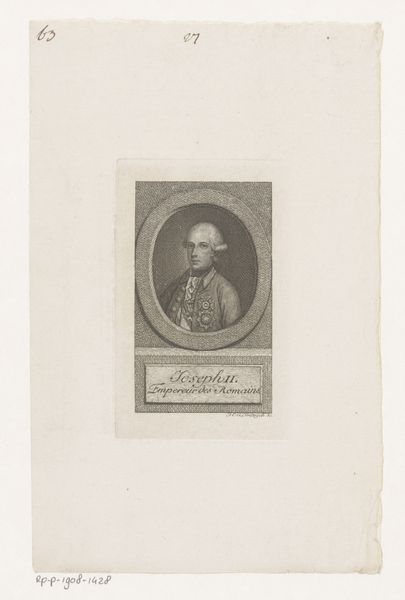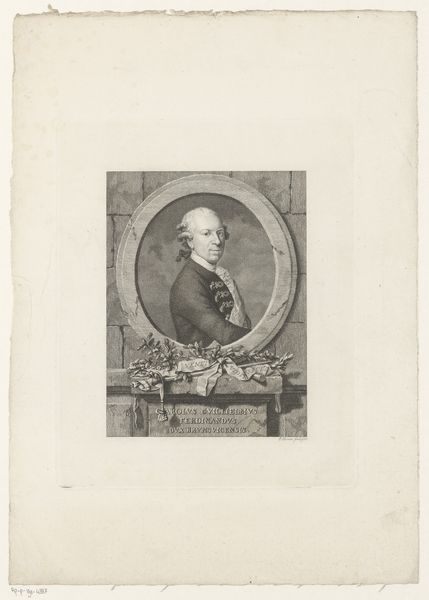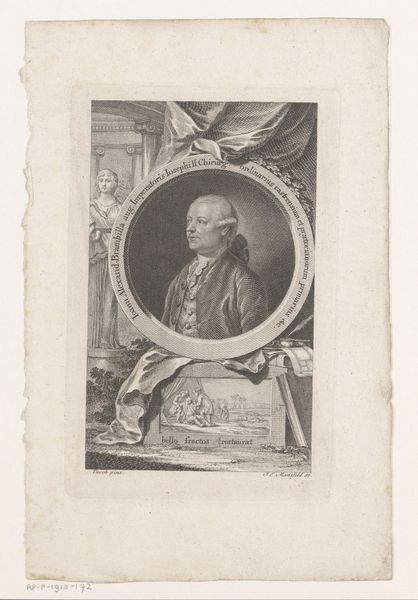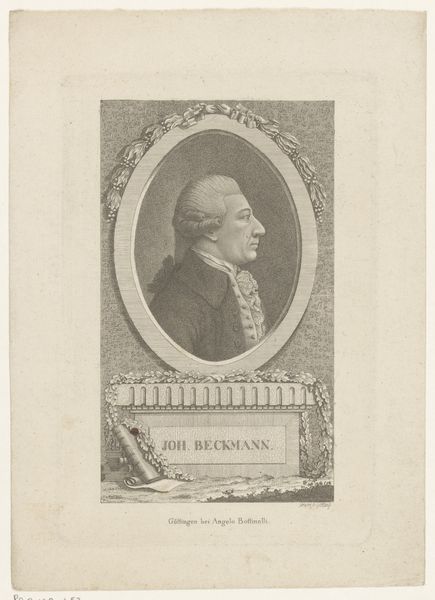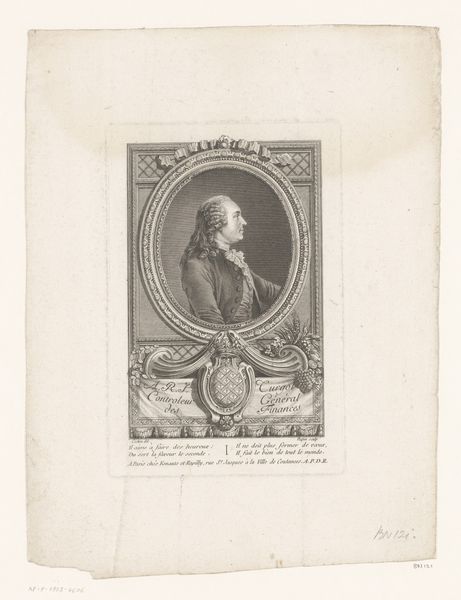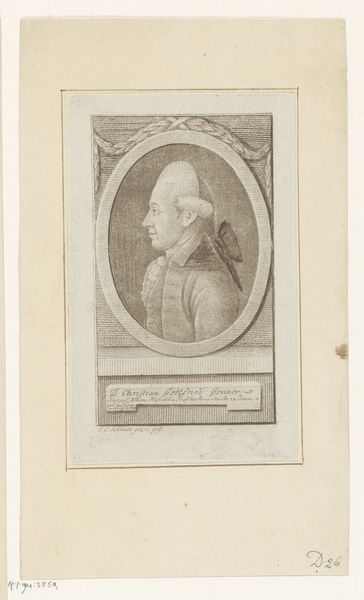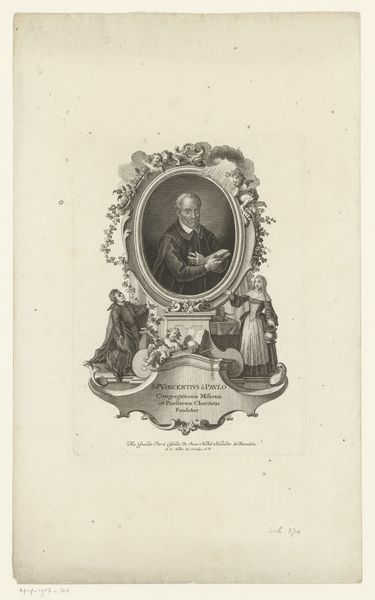
print, engraving
#
portrait
#
neoclacissism
# print
#
engraving
Dimensions: height 183 mm, width 119 mm
Copyright: Rijks Museum: Open Domain
Editor: This engraving from 1790 depicts Gottfried Ludolf Grassmann. It's attributed to J.S.L. Halle. The level of detail achieved through engraving is remarkable, even though the portrait is rather small. It gives the man depicted an aura of importance and dignity. What does this portrait say to you? Curator: It reflects the socio-political currents of its time, the Neoclassical era. Consider how this image, likely commissioned or produced for public circulation, participates in the construction of identity and status. The controlled lines, the formal composition, the very act of memorializing Grassmann – these are not neutral choices. What role did such imagery play in the late 18th century? Editor: It’s interesting you say that. I was just focusing on its aesthetic appeal, but I see your point. Perhaps prints like this reinforced social hierarchies? They served as visual reminders of prominent figures in society. Curator: Precisely. These images helped disseminate particular ideologies. Who was Gottfried Ludolf Grassmann and what might his position in society suggest about why he warranted such a portrait? It is crucial to ask whose stories are being told, and through what medium. Consider the act of reproduction itself – making portraits available to the public, rather than just the wealthy elite. Does it democratize representation or simply reinforce existing power structures in a new way? Editor: That’s a lot to consider. I’m beginning to understand that even what appears to be a straightforward portrait can be packed with social meaning. I see it as more than just art now! Curator: Indeed, thinking about this engraving opens up considerations of power, representation, and the public sphere in the late 18th century. There’s always much more to discover than what's initially apparent.
Comments
No comments
Be the first to comment and join the conversation on the ultimate creative platform.
